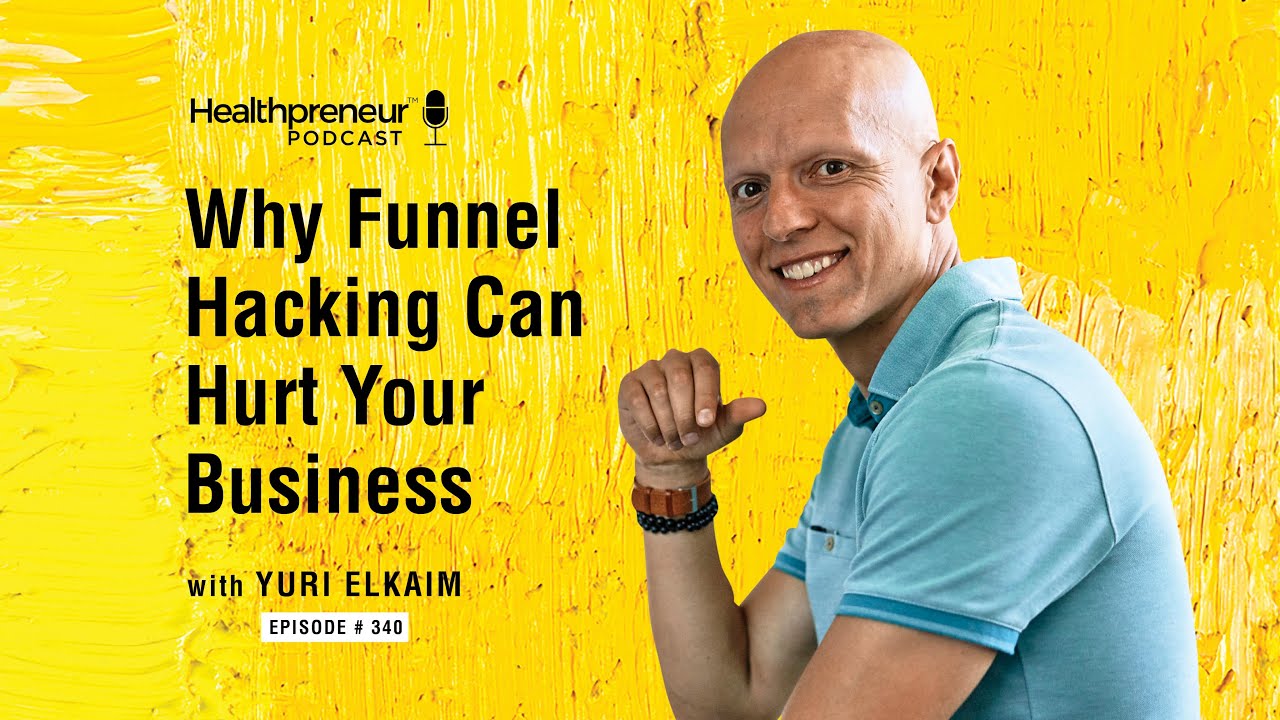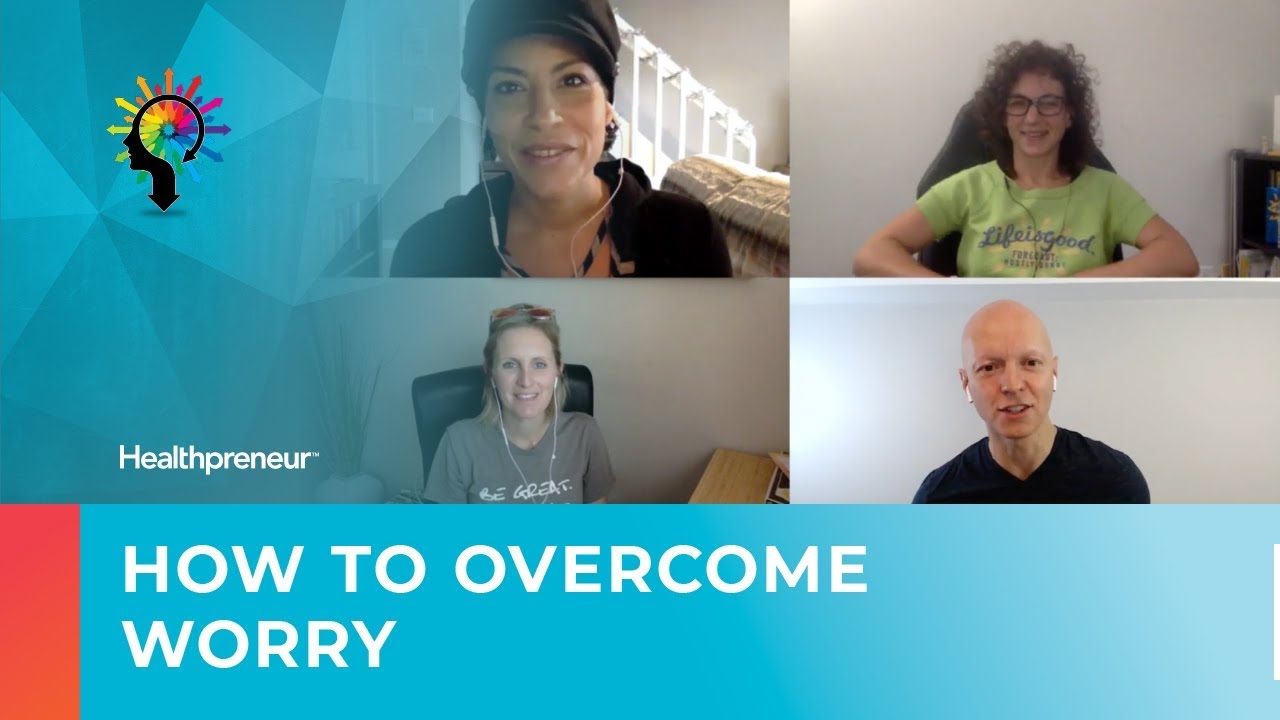How to Deal With “I Need To Talk With My Spouse”
In today’s video, I want to talk about what do you do when you’re speaking with a prospect and they say, “I need to talk to my spouse,” that good old infamous “I need to talk to my spouse” objection?
Well, that’s what I want to talk about in this video, and I want to give you three little distinctions to think about to help you address the objection and help your clients get through that, because that’s what that is.
Other than price, the number one objection you’re going to find is that if someone’s about to enroll with you in your coaching program, a lot of people have a tough time making a decision on the spot. That’s okay, but when we speak to people on a weekly basis, the number one thing we see other than price is, “I need to talk to my wife,” or, “I need to talk to my husband before making a decision.”
There’s nothing more frustrating than that, so I’m going to give you three ways to address this.
Three Ways to Address the I Need To Talk With My Spouse Objection
1. Understand Where They’re Coming From
The lesson here is that when someone presents an objection, whether it’s price or spousal stuff or anything else, we have to consider that they’re actually just asking for help. The very fact that they’re still on the phone with you or still in that conversation is a good thing, so we want to take their side.
Instead of being on opposite sides of the table, you want to kind of swing around to their side of the table, have a seat with them, and really understand where they’re coming from. That’s the first thing, just from a mindset kind of shift.
2. Acknowledge The Objection
Now, the second thing is that we want to, first and foremost, acknowledge that they need to do that. We want to acknowledge the objection. We want to acknowledge the fact that it’s okay that they feel that way.
The first thing in order to address that effectively is to say, “Listen, I understand where you’re coming from, and this is a big decision, right? If I were in your case, I’d probably want to double-check with my wife as well. That’s totally fine. Here’s what I’d like to do.” Okay? Dot dot dot.
Now, before we even get to that part, there’s one thing you need to do in your calls when you’re speaking with somebody on the phone to enroll them as a client to avoid that conversation in the first place.
3. Ask Them This Question At The Beginning of the Call
The first thing you have to address in the first 30 to 45 seconds of a call is to ask them, “Is there anybody else you need to consult with in order to make a decision today?”
Now, that’s a really important question, because if they say no, then they are the sole decision-maker. If the person says, “Yes, I have to double-check with my wife or my husband,” then what you’re going to say next is, “Great. That’s awesome. When would be a better time this week for all three of us to jump on a phone call?”
What that’s going to do is eliminate the whole spousal objection in the first place, because all three of you are on the call. They don’t have to leave the phone to run the whole thing by their spouse, and their spouse is most likely not going to be supportive of their decision to want to enroll with you, because they don’t know anything about the conversation. We want to get them on the phone in the first place.
If that’s the case and they’re on the phone with you, and you get to the point where you make your offer for your coaching program, and they say they need to think about it, again that’s totally fine. Acknowledge that.
Just say, “Listen, I totally understand you guys maybe want a bit of space, so here’s what I want to do. Why don’t we just hang up the phone for five, 10 minutes? I’ll give you a bit of breathing space to talk about this amongst yourselves,”.
The reality, is that people don’t need five months to decide. They’re going to make the decision right then and there. They just need a little bit of space on their own without you on top of them to make that decision as effectively as possible.
What I would suggest is hang up the phone right there. Call them back in five minutes and be like, “Hey, what do you guys want to do?” It’s as simple as that. That’s what I would strongly recommend you do in that case if you have both people on the phone.
Now, if you only have one person on the phone and they say, “Listen, I need to talk to my wife or spouse, or my husband,” what I would suggest is, “Okay, great. What I can do is hold your spot for 24 hours. I’ll let you talk with them and obviously run this stuff by them. When can we chat tomorrow, all three of us?”
Get all three of you back on the phone or at least the primary decision-maker. From there, at least you have some degree of short time span for them to make a decision, because the longer this delays from the initial conversation, the lower their desire’s going to be, the more the excuses are going to creep up. We want to avoid that from happening in the first place.
Those are three ways we can address the spousal objection, and hopefully this becomes useful for you in your enrollment calls. Our whole approach to speaking with people is always coming from a place of service, not selling, but at the end of the day, you do have to make an offer. You do have to make an offer to enroll those people in your program, but that’s ultimately how you’re going to serve them.
If you like this kind of stuff and you would like a little bit more support and help with your business, and help enrolling more clients into your coaching program so you can help them with your awesomeness and solve their problems, my advice, you should check out our new online training called the 7-Figure Health Business Blueprint.
Inside you’re going to discover the new way to build a six or seven-figure coaching business, specifically in the health space.
I think you’ll really find this helpful, because one of the things that we’re going to walk you through in this online training is a four-step process we call the Perfect Client Pipeline, which is how you can attract your best clients predictably without having to do all sorts of manual prospecting, and how you can deliver an amazing result for them, even in a group coaching type of program.
If you want to make more money, enjoy more freedom in your life, not have to do the one-on-one coaching, then I think you’ll really enjoy that training. Again, that’s totally free.
Register for it today, and I look forward to seeing you in our next video.
Free Online Training: 7-Figure Health Business Blueprint
If you enjoyed this episode, head on over to iTunes and subscribe to Healthpreneur™ Podcast if you haven’t done so already.
While you’re there, leave a rating and review. It really helps us out to reach more people because that is what we’re here to do.





